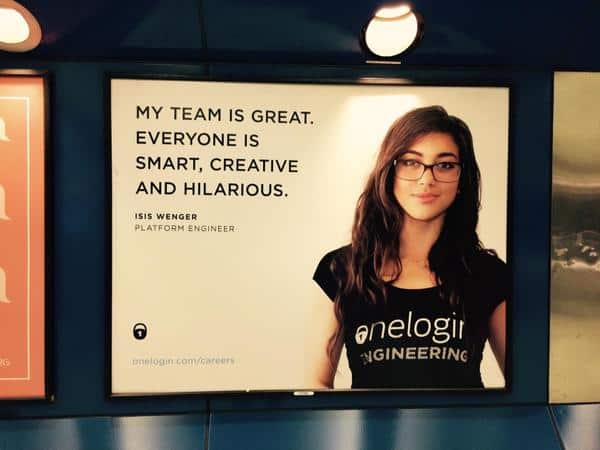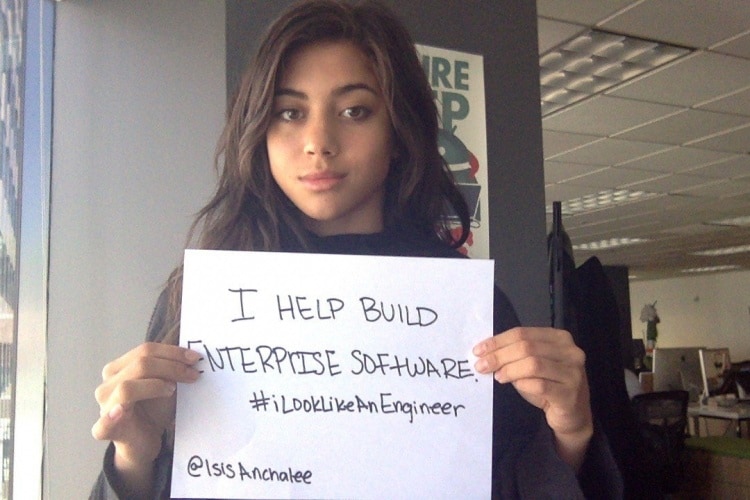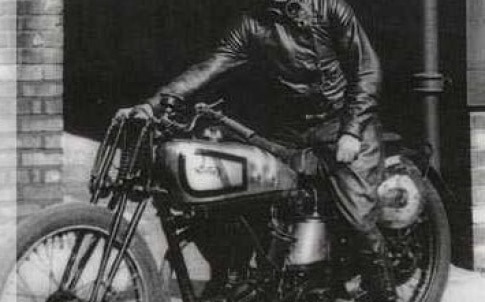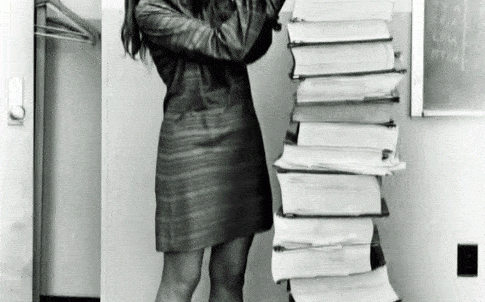Readers who are regular users of social media may have noticed a couple of hashtags popping up on Twitter over the past months — #ilooklikeanengineer and #thisiswhatanengineerlookslike. While Twitter is frequently a source of trivia, abuse and irritable debate, this particular phenomenon deserves a closer look.
The hashtag usually accompanies pictures of women who work in engineering, who often appear in clothing or situations which challenge the stereotypical view of an engineer. They’re all images taken at work, but sometimes they’re in hospitals, sometimes in rural surroundings, and they’re rarely wearing the typical personal protective equipment (PPE) that engineers are usually depicted in. Some of them have coloured hair. Some have, shall we say, an individual dress sense.
The hashtag campaign took off because of a recruitment poster in San Francisco. A security software company called OneLogin persuaded ones of its engineers, Isis Anchalee, to pose for the poster, which depicts her, standing casually, dressed in a company T-shirt and smiling slightly, with the words “My team is great. Everyone is creative, smart and hilarious.” The campaign was plastered all over the city’s BART transport system, and attracted attention; not the good sort of attention. Locals – generally men — started posting social media messages wondering whether the poster had just been posed to catch the eye of young male software engineers, Worse, some even questioned whether Isis was in fact an engineer at all, or if the company had hired a model.


Isis was not impressed, and replied with her own message (via the social journalism site Medium). “Some people think I’m not making ‘the right face.’ Others think that this is unbelievable as to what ‘female engineers look like’. News flash: this isn’t by any means an attempt to label ‘what female engineers look like.’ This is literally just ME, an example of ONE engineer at OneLogin. The ad is supposed to be authentic. My words, my face, and as far as I am concerned it is,” she said.
The #Ilooklikeanengineer campaign grew from Isis’s own post, and was taken up enthusiastically; a quick check this morning shows it’s still going, with posts from a quality engineer at GE, and notably a little girl on her first day at kindergarten, holding up a sign saying she wants to be an engineer, a doctor and a firewoman (the combination might be a challenge to pull off in terms of time-management). One brand management consultant has pointed out that the hashtag had 91,000 mentions in a single week. Some of these were corporate: Tesla Motors published a picture of 29 female employees with the comment “we build cars” (and none of them are wearing overalls). Many more were from individuals. Some chose to honour specific female engineers, notably computer scientists: the US Navy Admiral Grace Hopper , and the Apollo programme’s lead software engineer Margaret Hamilton featured strongly, as did the British aerospace engineer Tilly Shilling, whose work prevented many Merlin-engined aircraft from crashing in World War 2.


This is a valuable phenomenon. As we’ve mentioned (to the annoyance of some commenters, but we don’t apologise) the shortage of engineers could be effectively addressed by attracting more women into the profession. There’s nothing intrinsically male about engineering, and study after study has shown that male and female brains do not, contrary to stereotype, work differently (they may respond differently to certain drugs, but the idea that men are intrinsically better suited to spatial and mathematical thinking is baseless). The main thing that stops women going into engineering, according to organisations such as WISE (Women in Science and Engineering) is lack of information about what the job involves; the variety of roles available, and the working conditions.
Because of the nature of The Engineer’s coverage, this is an aspect of the industry we find it difficult to cover: we frequently feature large projects, often at the heavier end of the industry, and because we need top use appropriate images to illustrate our articles, we often have to use shots of people at work, which means they are wearing PPE (friend of The Engineer Abbie Hutty, who works on developing and building planetary rovers at Airbus Defence and Space, has occasionally taken us to task for this). The #ilooklikeanengineer and #thisiswhatanengineerlookslike hashtag campaigns are social media at their best: real people giving an insight into their lives in a way that is accessible to anyone who wants to look, and with the possibility that others can get in touch with them and ask about their jobs. It might be the best way for girls to get an insight into what it’s really like to be an engineer, and it’s something that all teachers and careers advisers should be aware of; engineering companies should be sure to take a look too. My email inbox this morning included a message from a company keen to boast about employing its first female apprentice; the accompanying photo did show the young person in question, but she was farther away from the camera than a male apprentice who was included for no discernable reason.




Project to investigate hybrid approach to titanium manufacturing
What is this a hybrid of? Superplastic forming tends to be performed slowly as otherwise the behaviour is the hot creep that typifies hot...